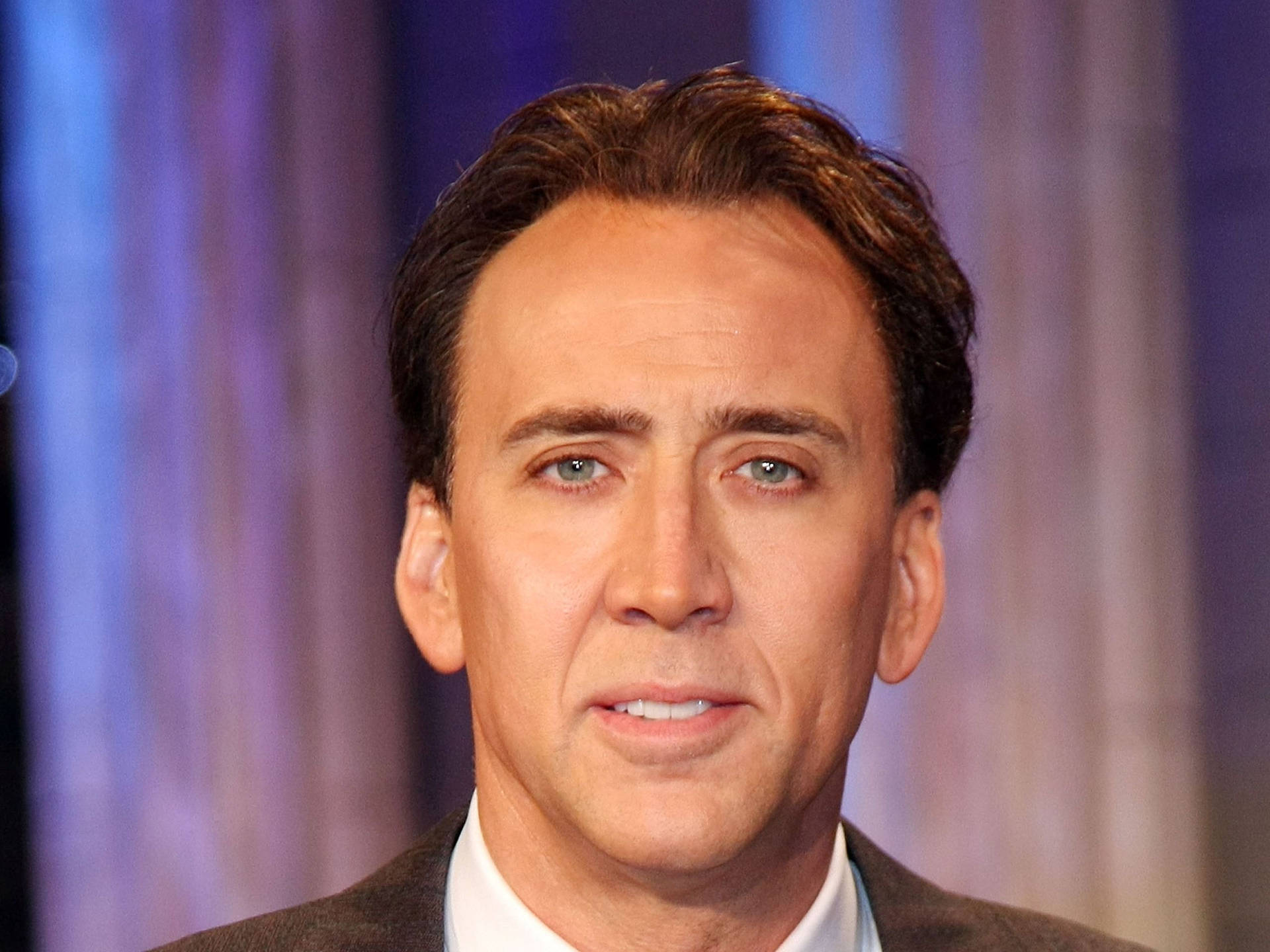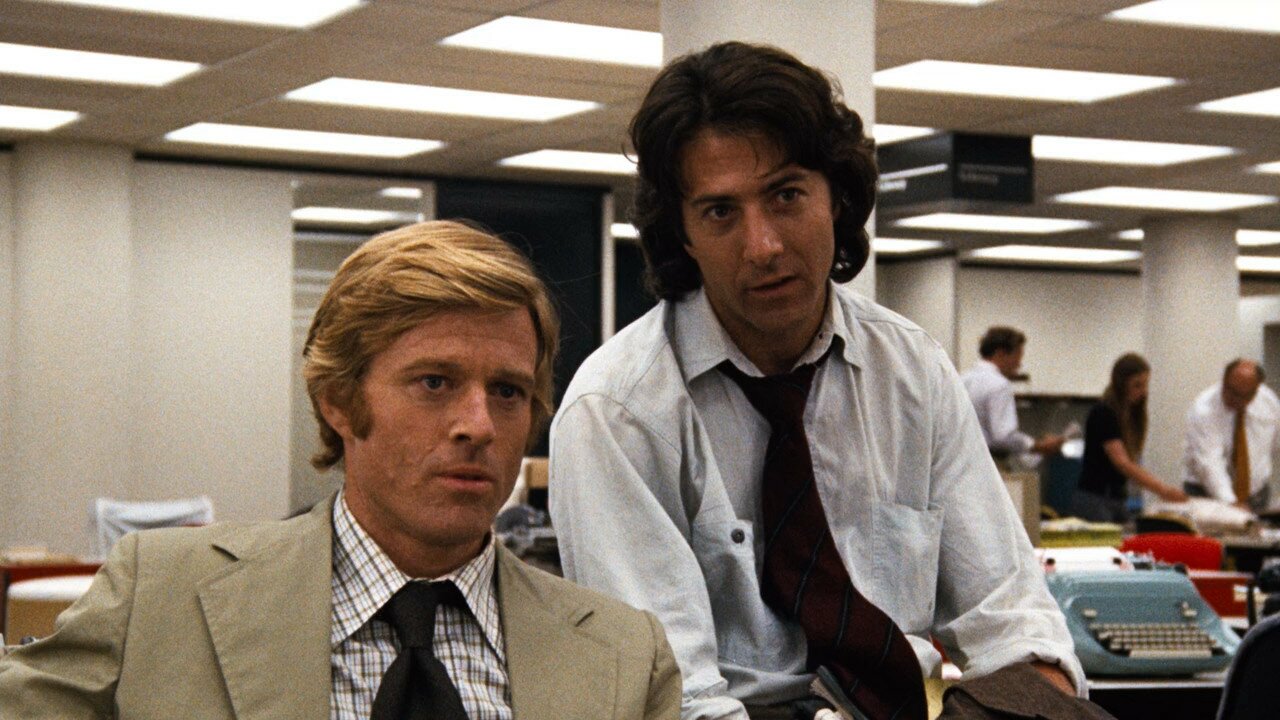
In an era increasingly defined by homogenized content and the relentless pursuit of algorithms, the very notion of a truly ‘independent’ voice in media feels, at times, like a nostalgic echo from a bygone era. We yearn for spaces where insightful commentary isn’t merely a byproduct of corporate synergy, and where a publication’s soul isn’t for sale to the highest bidder. This yearning, this ‘missing the vibe’ of authentic, uncompromised journalism, speaks volumes about what we value in our information ecosystem. Yet, against this backdrop, the story of The Independent newspaper offers a compelling, albeit often tumultuous, narrative of striving for precisely that — a distinct, unyielding voice in the British media landscape.
From its inception, The Independent embarked on a journey fraught with both audacious ambition and existential peril, navigating the seismic shifts in an industry constantly reinventing itself. It’s a tale of editorial courage, financial tightropes, and a persistent, sometimes stubborn, commitment to standing apart. To understand why its journey is so emblematic of the broader struggles faced by independent entities in any sector, we must delve into the defining moments that forged its character and cemented its place as a cultural touchstone.
Indeed, The Independent’s evolution is a masterclass in adaptation, a testament to the idea that true independence isn’t a static state but a continuous negotiation with market forces, technological revolutions, and the ever-present demand for relevance. It’s not just a newspaper; it’s a living, breathing commentary on the possibilities and pitfalls of maintaining a unique ethos in a world that often prefers conformity. This is its story, told through the pivotal moments that shaped its unforgettable trajectory.

1. **The Audacious Launch: A New Voice in a Shifting Era**The mid-1980s marked a period of profound upheaval within British newspaper publishing, an environment ripe for disruption. The infamous Wapping dispute, spearheaded by Rupert Murdoch, fundamentally challenged long-accepted practices of the print unions, ultimately leading to their defeat. Crucially, this seismic shift reduced production costs across the board, inadvertently creating unexpected openings for new competition in a market that had long been set in its ways. It was into this fertile, if chaotic, ground that The Independent boldly staked its claim.
Newspaper Publishing plc was the brainchild behind this ambitious venture, brought to life by Andreas Whittam Smith, Stephen Glover, and Matthew Symonds. These three formidable partners, all former journalists from The Daily Telegraph, had departed their previous employer towards the end of Lord Hartwell’s ownership, carrying with them a vision for something truly different. Marcus Sieff took the helm as the first chairman of Newspaper Publishing, with Whittam Smith assuming control of the paper’s editorial direction, signaling a clear intent for a fresh perspective.
Launched in 1986, with its first issue hitting the stands on October 7th in broadsheet format, The Independent wasted no time in making its intentions clear. Its advertising slogan, “It is. Are you?”, wasn’t just a catchy phrase; it was a direct challenge to the established order. The paper aimed squarely at carving out a niche between The Guardian, appealing to centre-left readers, and The Times, traditionally seen as the newspaper of record, attempting to offer a new, unbiased voice that reflected the centre of the British political spectrum.
This deliberate positioning and the clear articulation of its mission immediately set it apart. It even attracted staff from the two Murdoch broadsheets who had chosen not to relocate to his company’s new headquarters amidst the Wapping controversy. The paper was conceived as an antidote to the perceived biases of proprietor-driven journalism, a pure, unadulterated source of news, and this founding principle would remain a core, if sometimes challenged, aspect of its identity.

2. **Soaring High, Sparking Change: Early Triumphs and Market Disruption**The initial gamble paid off handsomely. The Independent’s unique selling proposition resonated with a significant segment of the British public eager for a fresh perspective, free from the perceived ideological baggage of its rivals. By 1989, a mere three years after its launch, the paper had achieved a remarkable feat, reaching a circulation of “more than 400,000,” a testament to its compelling content and distinct editorial voice. This rapid ascent was not merely a commercial success; it was a clear signal that the market was ready for a new player.
Beyond mere circulation figures, The Independent proved to be a catalyst for broader industry change. Competing in what was described as a “moribund market,” its innovative approach and fresh aesthetic “sparked a general freshening of newspaper design.” Publishers across the board, jolted by its success, were compelled to re-evaluate their own visual identities and layouts, acknowledging that staid traditions might no longer cut it with modern readers. This ripple effect underscored its immediate and profound impact on the visual language of British journalism.
Furthermore, the arrival of The Independent wasn’t just about aesthetics; it also ignited “a price war in the market sector within a few years.” Its aggressive entry into the competitive landscape forced established players to respond, often by lowering their cover prices, a move that benefited consumers but squeezed profit margins across the industry. This demonstrated The Independent’s power not just as a successful new entrant, but as a genuine disruptor, shaking up long-held commercial strategies.
This early period of triumph solidified The Independent’s reputation as a dynamic and influential force. It proved that a genuinely independent publication, even when starting from scratch, could not only survive but thrive and dictate trends in a mature, established market. Its early success wasn’t just about selling papers; it was about proving a concept, one that challenged the very foundations of British media and inspired others to reconsider their own approaches to news dissemination.

3. **Navigating Treacherous Waters: Financial Headwinds and Ownership Shifts**However, the heady days of rapid growth and market disruption soon gave way to a more challenging reality. The 1990s brought intense financial pressure, primarily in the form of “price cutting by the Murdoch titles.” This aggressive competitive strategy, aimed at eroding the market share of rivals, put immense strain on The Independent’s bottom line, forcing it into a sustained battle for economic survival in a deeply unforgiving industry. The dream of pure independence often clashed with the harsh exigencies of the marketplace.
In a move that epitomized its defiance and its determination to highlight the broader issues of media ownership, The Independent launched an advertising campaign that directly accused The Times and The Daily Telegraph of reflecting the views of their proprietors, Rupert Murdoch and Conrad Black. It featured provocative spoofs of their mastheads, substituting the words “The Rupert Murdoch” or “The Conrad Black” above its own title. This bold, confrontational approach, while memorable, underscored the precariousness of its position against such powerful media empires.
Indeed, “Newspaper Publishing had financial problems,” a stark reflection of the intense competition and the costs associated with running a national newspaper. The original visionaries found themselves needing external investment, leading to a complex web of ownership. By mid-1994, Tony O’Reilly’s media group and Mirror Group Newspapers (MGN) had each acquired a significant stake, about a third, diluting the original independent structure and foreshadowing further changes.
This trend continued, culminating in a significant restructuring in “March 1995” with a rights issue that further diversified the shareholding: O’Reilly’s Independent News & Media (43%), MGN (43%), and Prisa (publisher of El País) (12%). The constant need for refinancing eventually led to O’Reilly’s complete acquisition of the company in “March 1998,” buying the remaining shares for “£30 million” and, crucially, assuming “the company’s debt.” This period highlighted the brutal financial realities that can compromise the very independence a publication seeks to embody, demonstrating that even a strong editorial voice needs robust financial backing.

4. **The Editorial Rollercoaster: Ambitious Visions and Commercial Realities**With new ownership came new editorial leadership, and a fresh wave of strategic shifts designed to reinvigorate the paper. Andrew Marr was appointed editor of The Independent in 1996, bringing with him a vision for a bold new direction. He introduced what was described as a “dramatic if short-lived redesign,” an ambitious overhaul intended to revitalize the paper’s look and feel. This redesign, while lauded by critics and widely praised for its innovative approach, unfortunately proved to be “a commercial failure,” underscoring the difficult tightrope walk between artistic merit and market viability.
Marr, with a characteristic candor that would later define his public persona, openly admitted in his book, *My Trade*, that his changes had been a mistake. His self-assessment illuminated a common pitfall in media: even brilliant editorial visions can falter without the necessary commercial muscle, in this case, a “limited promotional budget” which hampered the redesign’s ability to capture new readership. It was a stark lesson in the complex interplay between journalistic ambition and the cold realities of the market.
Following Marr’s departure in May 1998, with Rosie Boycott also leaving in April to join the Daily Express, Simon Kelner was appointed as editor. By this point, the paper’s circulation had alarmingly fallen “below 200,000,” a significant drop from its 1989 peak. This period was marked by Independent News spending heavily to try and reverse the decline, leading to “several redesigns” in an attempt to find a winning formula.
While circulation did see some increases under Kelner’s initial tenure, it never managed to “approach the level which had been achieved in 1989, or restore profitability.” The relentless pursuit of readership figures, coupled with “job cuts and financial controls,” began to take a toll on the morale of journalists and, inevitably, on “the quality of the product.” This cycle of ambition, struggle, and compromise became a defining characteristic of The Independent’s challenging path through the late 20th and early 21st centuries.

5. **A Bold Move: Embracing the “Compact” Revolution**Amidst continuous financial pressures and the ongoing battle for readership, The Independent made a truly audacious and industry-altering decision in “September 2003”: it began publishing in both broadsheet and a new, smaller, tabloid-sized version. This wasn’t merely a change in physical dimensions; it was a strategic reimagining of how a serious newspaper could present itself to the public. Crucially, the content remained identical across both formats, ensuring no compromise on journalistic depth.
To differentiate itself from the often-sensationalist connotations of “tabloid” newspapers in the UK, The Independent cleverly branded its smaller format as “compact.” This linguistic distinction was deliberate, signaling that while its size might be more convenient, its editorial focus remained steadfastly on “hard news.” It was a sophisticated gambit, asserting that serious journalism didn’t need to be confined to a cumbersome broadsheet, challenging preconceived notions about format and gravitas. This move resonated, particularly after Rupert Murdoch’s *Times* “followed suit, introducing its own tabloid-sized version.”
The introduction of the compact edition was rolled out strategically, first in the “London area and then in North West England,” before gradually appearing “throughout the UK.” Prior to these changes, The Independent’s daily circulation hovered around “217,500,” positioning it as the lowest among major national British dailies. The compact version, however, quickly proved its worth, sparking a significant surge in readership. By “March 2004,” circulation had climbed by “15%,” reaching “250,000,” a clear indication that the market was receptive to this innovative approach.
This format revolution wasn’t just about convenience; it was a statement about accessibility and modernity. The compact design eventually became the standard, with The Independent producing its “last weekday broadsheet” on “14 May 2004,” having already ceased Saturday broadsheet editions in January. The Independent on Sunday followed suit, publishing its “last simultaneous broadsheet” on “9 October 2005.” This decisive pivot fundamentally altered the newspaper’s physical presence, affirming its willingness to innovate and adapt in order to remain relevant and competitive, fundamentally changing the ‘vibe’ of how readers interacted with a serious newspaper.

6. **The Front Page as a Canvas: Unorthodox, Campaigning, Unforgettable**Following its transformative shift to the compact format in 2003, The Independent truly distinguished itself through a new approach to its front pages. It quickly became renowned for its “unorthodox and campaigning” designs, moving beyond traditional headlines and extensive written news content. Instead, its covers frequently leveraged “images, graphics or lists,” transforming the front page into a powerful visual statement that grabbed attention and communicated complex ideas with arresting clarity. This was an exciting new chapter, redefining what a newspaper’s storefront could be.
This innovative strategy allowed the paper to make bold, impactful statements, often eschewing conventional news reporting in favor of direct appeals or provocative questions. For example, following the devastating Kashmir earthquake in 2005, its front page was used directly “to urge its readers to donate to its appeal fund,” a direct call to action. Even more famously, after the publication of the Hutton Report into the death of British government scientist David Kelly, its front page carried simply the incisive question: “Whitewash?”. These were not just covers; they were acts of journalism.
Such creative risks did not go unnoticed. The paper’s then-editor, Simon Kelner, was deservedly named “Editor of the Year” at the What the Papers Say awards in “2003.” The judges specifically cited his “often arresting and imaginative front-page designs” as a key factor in his recognition. This award cemented the perception that The Independent was not merely reporting the news, but actively shaping the conversation through its distinctive visual language and willingness to challenge the status quo – a truly independent ‘vibe’ that resonated with readers and critics alike.
However, even pioneers recognize the limits of a successful formula. By “2008,” as he prepared to step down as editor, Kelner himself mused that it was possible to “overdo the formula” and suggested that the paper’s signature front-page style might require “reinvention.” This forward-thinking self-awareness hinted at the constant pressure on an independent voice to evolve, to keep pushing boundaries, even when its most celebrated innovations had become part of its enduring legacy. It demonstrated a commitment to perpetual analysis and refinement, ensuring the paper continued to resonate with its audience.
The Independent, much like the broader media landscape, has found itself in a continuous state of flux, navigating a tumultuous modern era where the very definition of a newspaper has undergone seismic shifts. From the relentless pursuit of financial stability to grappling with reputational challenges and ultimately embracing a digital-first future, its journey is a compelling case study in resilience and adaptation. The shifts in ownership, the bold strategic pivots, and its enduring commitment to a distinctive voice have cemented its place as a significant, if sometimes embattled, player in global journalism.




